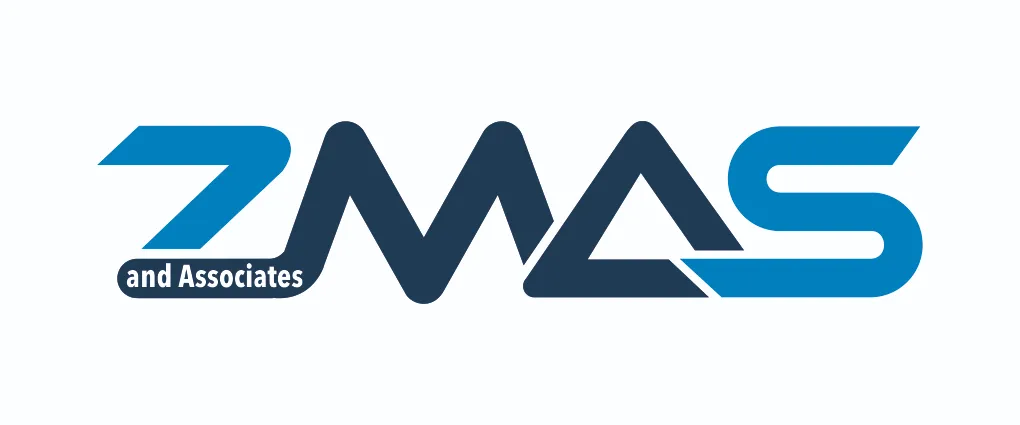Table of Contents
Introduction to Control Self-Assessment
Control self-assessment (CSA) is a method of evaluating and improving the effectiveness of an organization’s internal controls. CSA involves the organization’s employees and management assessing the adequacy and effectiveness of their own internal controls and identifying areas for improvement.
CSA is a proactive approach to internal control that helps organizations identify and address weaknesses in their control systems before they result in significant problems. It is a continuous process that helps organizations maintain an effective control environment and adapt to changing risks and business needs.
CSA can be conducted at various levels of an organization, including at the individual, team, and organizational level. At the individual level, employees may assess their own controls and identify areas for improvement. At the team level, groups of employees may assess controls related to their specific areas of responsibility. At the organizational level, management may conduct a CSA to assess the effectiveness of the organization’s overall control environment.
Benefits of Control Self-Assessment
There are several benefits to using CSA as a method of evaluating and improving internal controls. Some of the key benefits of CSA include:
- Improved risk management: By identifying and addressing weaknesses in internal controls, CSA helps organizations better manage their risks and achieve their objectives.
- Increased efficiency and effectiveness: CSA can help organizations identify and eliminate unnecessary controls and streamline their processes, leading to increased efficiency and effectiveness.
- Enhanced organizational culture: CSA encourages a culture of continuous improvement and accountability within an organization, as employees and management are responsible for assessing and improving their own controls.
- Greater transparency and communication: CSA promotes open communication and transparency within an organization, as employees and management are encouraged to share their observations and ideas for improvement.
- Enhanced stakeholder confidence: By demonstrating a commitment to continuous improvement and effective risk management, CSA can help build confidence among stakeholders such as Board, regulators, vendors and customers.
How to implement Control Self-Assessment
There are several steps that organizations can take to implement a CSA program. Some of the key steps in implementing a CSA program include:
- Establish a CSA steering committee: A steering committee is responsible for overseeing the CSA process and ensuring that it is aligned with the organization’s objectives and risks.
- Identify CSA team members: CSA team members should be representative of the organization and include employees from various levels and departments.
- Conduct a risk assessment: A risk assessment helps identify the key risks facing the organization and the controls that are in place to manage those risks.
- Develop a CSA plan: A CSA plan outlines the scope, objectives, and methodology of the CSA process.
- Conduct the CSA: The CSA process involves employees and management assessing their own controls and identifying areas for improvement.
- Report and follow-up: The results of the CSA should be reported to the steering committee and appropriate authorities.


Recent Comments